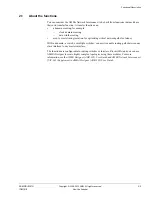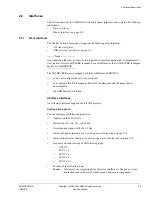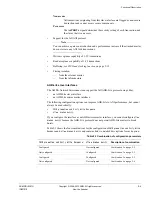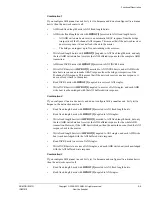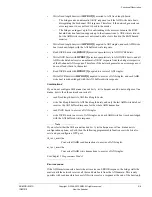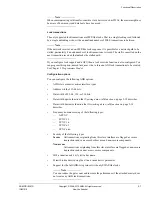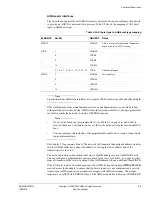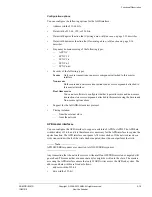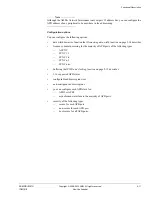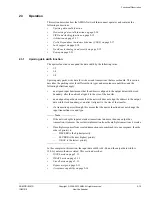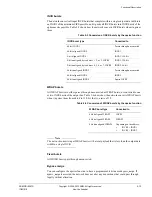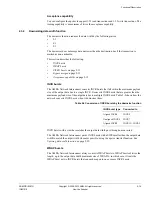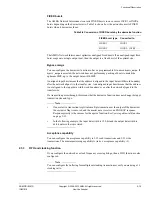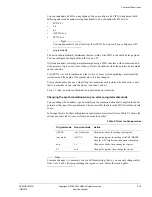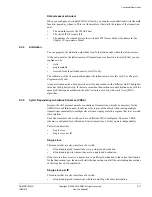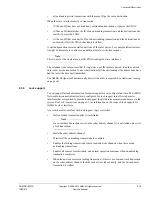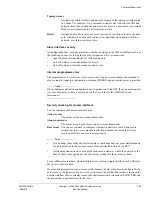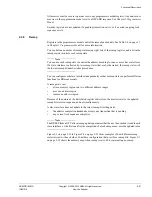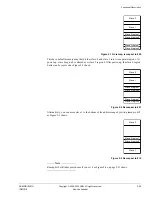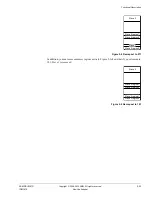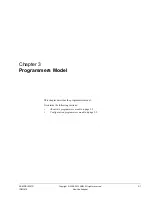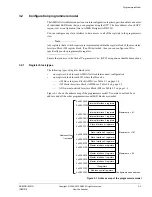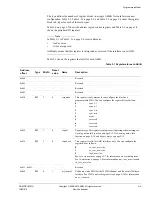
Functional Description
ARM DDI 0397G
Copyright © 2006-2010 ARM. All rights reserved.
2-12
ID031010
Non-Confidential
2.3
Operation
This section describes how the AMBA Network Interconnect operates and contains the
following subsections:
•
Upsizing data width function
•
Downsizing data width function
on page 2-14
•
FIFO and clocking function
on page 2-15
•
Arbitration
on page 2-17
•
Cyclic Dependency Avoidance Schemes (CDAS)
on page 2-17
•
Lock support
on page 2-18
•
TrustZone technology and security
on page 2-19
•
Remap
on page 2-21.
2.3.1
Upsizing data width function
The upsizer function can expand the data width by the following ratios:
•
1:2
•
1:4
•
1:8.
Upsizing only packs write data for write or read transactions that are cacheable. This section
describes the packing rules for different burst types and acceptance capabilities, and the
following definitions apply:
•
an aligned input burst means that the address is aligned to the output data width word
boundary, after the network aligns it to the size of the transfer
•
an unaligned input burst means that the network does not align the address to the output
data width word boundary, even after it aligns it to the size of the transfer
•
if a transaction passes through, this means that the upsize function does not change the
input transaction size and type.
Note
•
If the network splits input exclusive transactions into more than one output bus
transaction, it removes the exclusive information from the multiple transactions it creates.
•
If multiple responses from created transactions are combined into one response, then the
order of priority is:
—
DECERR is the highest priority
—
SLVERR is the next highest priority
—
OKAY is the lowest priority.
In the examples in this section, the input data width is 64-bit, and the output data width is
128-bit, unless otherwise stated. This section describes:
•
INCR bursts
on page 2-13
•
WRAP bursts
on page 2-13
•
Fixed bursts
on page 2-13
•
Bypass merge
on page 2-13
•
Acceptance capability
on page 2-14.





